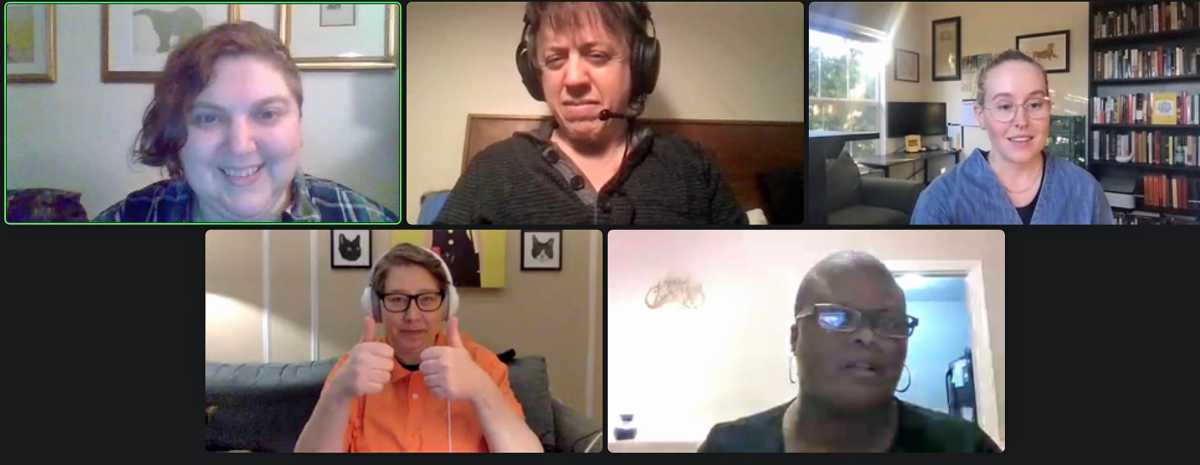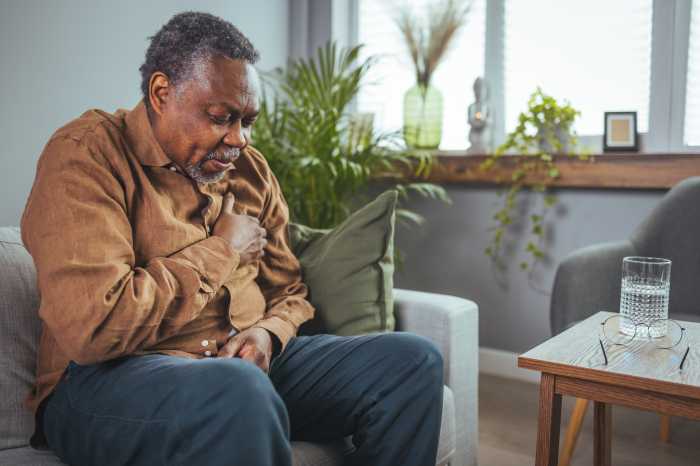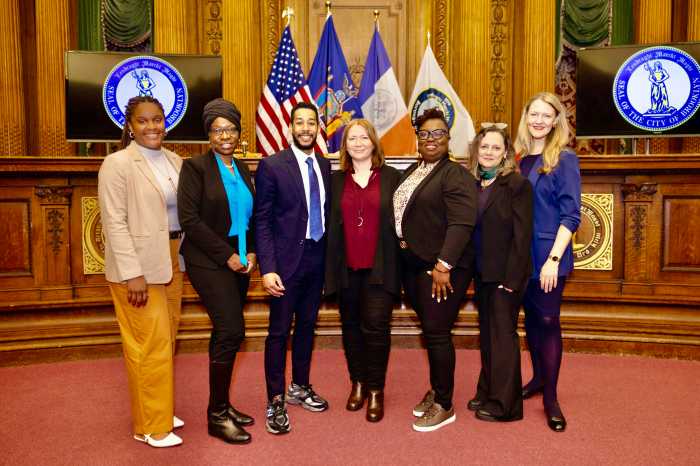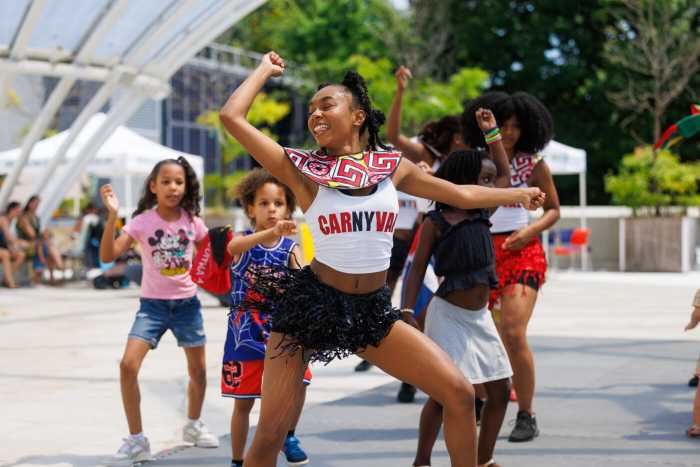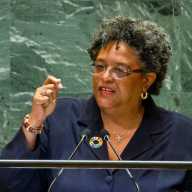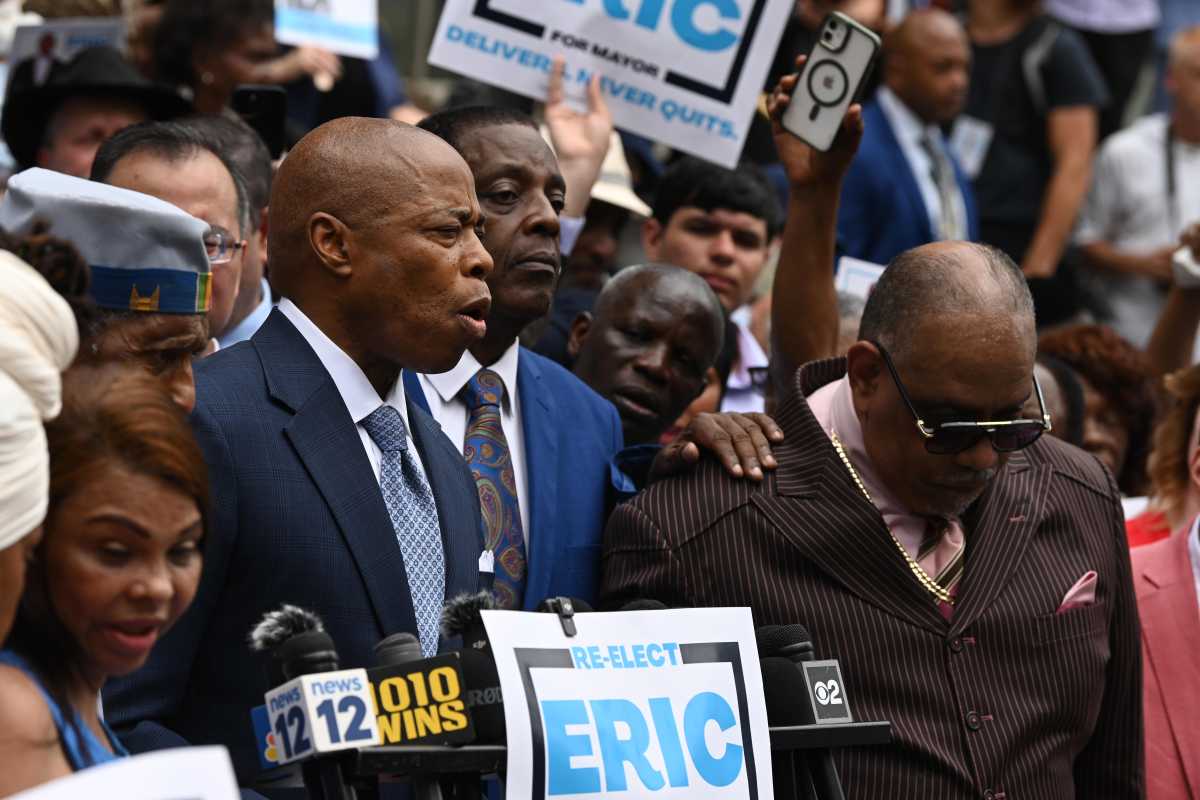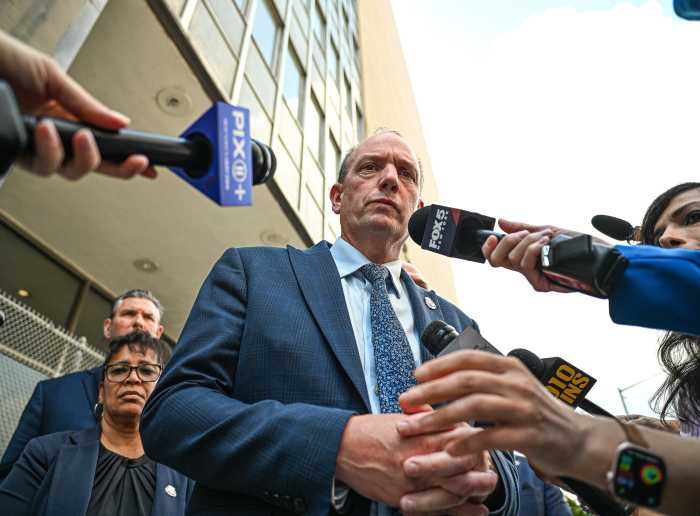On January 26, the New York Public Library (NYPL) hosted a virtual webinar with a few authors of the book The Long COVID Survival Guide: How to Take Care of Yourself and What Comes Next–Stories and Advice from Twenty Long-Haulers and Experts (2022).
The authors in attendance were Heather Hogan, JD Davids, and Chimere L. Smith, along with editor Fiona Lowenstein (they/them pronouns), who was the moderator. Each author shared excerpts of their chapters in the book, along with some details on their experiences with long COVID.
Hogan had a mild case of COVID in March 2020, with a slight fever and feelings of a really bad flu, lasting about two weeks. “I later developed fatigue, brain fog, and I had irregular body temperatures,” she said.
She also had challenges with standing and sitting initially, due to already having postural orthostatic tachycardia syndrome (POTS). Hogan learned, “Long COVID is not one thing, and it can manifest in different ways.”
Chimere L. Smith discussed her struggle as a black woman and asking for help with her long COVID symptoms.
She pointed out that for black, indigenous, and other people of color, the messaging regarding long COVID is different. “Some would be waiting hours to receive care, or for some, there is a lack of care,” she said.
“There is a great divide for access between black and white people, and due to this, access for black people is limited,” she continued. “It’s not as easy to get access to information, because this is what history teaches us.”
Furthermore, Smith said that there is some hesitation and fear around addressing long COVID in Black print media, and the misinformation surrounding it is a deterrent for Black publications.
As a result of this, Smith said she’ll start working on a long COVID investigative report.
JD Davids, who is the co-founder of the Network for Long COVID Justice (NLCJ), spoke about how important it is to advocate for disability justice. “Patients speaking up for themselves is essential,” he said.
In sharing his long COVID experience, he said, “One of the key differences between long COVID and complex chronic conditions is that long COVID is a situation that reflects lots of inequities.”
He added that accessibility is a key part of helping to remove the stigma surrounding disability.
Things to remember: “Needs always change with long COVID,” Smith stated. According to Hogan, “Don’t take sickness personally. Be compassionate.”
Those interested can find more information on the work of NCLJ here: https://longcovidjustice.org/.
Interested persons can find print copies of the book here: https://browse.nypl.org/iii/encore/record/C__Rb22906110__Slong%20covid%20survival%20guide__P0%2C1__Orightresult__U__X6?lang=eng&suite=def. Audio versions can be found here: https://www.bookshare.org/browse/book/5128432?returnPath=L3NlYXJjaD9tb2R1bGVOYW1lPXB1YmxpYyZrZXl3b3JkPWxvbmclMkJjb3ZpZCUyQnN1cnZpdmFsJTJCZ3VpZGU.
They can also help advocate for long COVID patients by signing the Pandemics are Chronic pledge here: https://actionnetwork.org/forms/sign-the-long-covid-justice-pledge.


